Features and characteristics of the material
You can understand what decorative bark beetle plaster looks like from the name: if you have ever seen wood eaten by this beetle, you probably already guessed what kind of pattern it will turn out to be.
The characteristic texture is achieved thanks to a special composition: inside the dry mixture there is a finely dispersed homogeneous base and large granules, the movement of which creates furrows. The size of the large chips determines the depth of the lines and the thickness of the layer, and their number determines the density of the pattern.
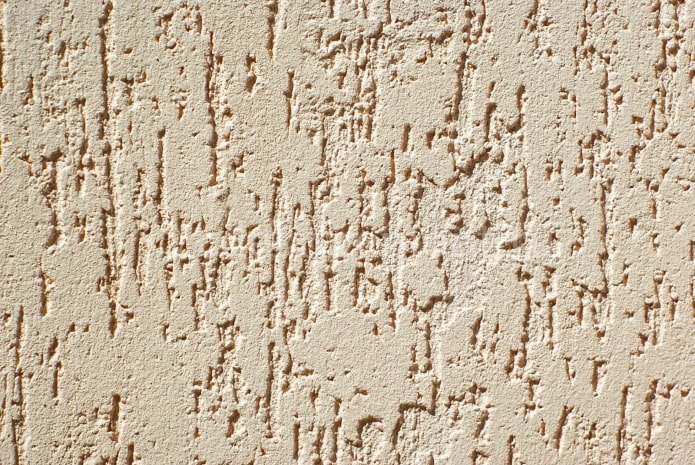
The photo shows light plaster with a vertical pattern
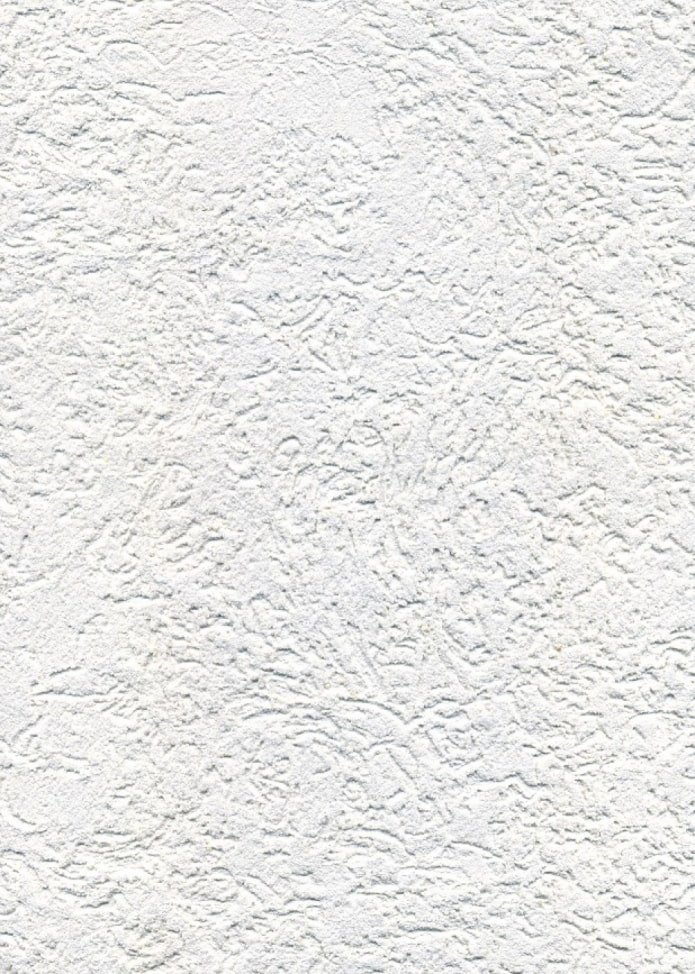
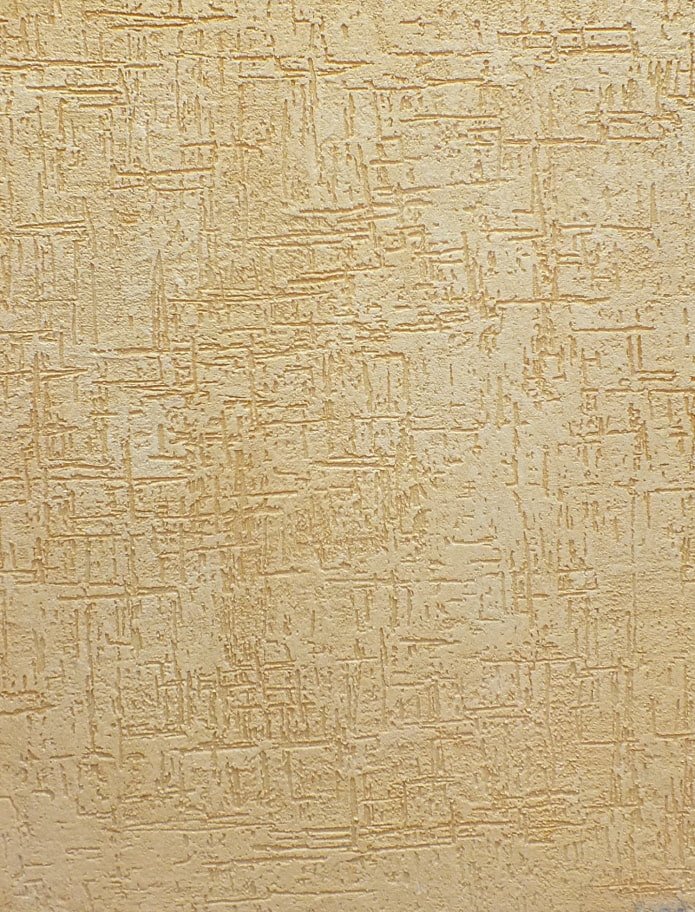
Depending on the direction in which you move the spatula, you can get a pattern of vertical or horizontal lines, crosses or chaotic circular patterns. The latter option is more plausible, because the beetles do not move along the wood in a straight line. But the first three look strict, can be used in discreet interiors.
Bark beetle is sometimes confused with other plasters: lamb (the finish resembles sheep’s wool), fur coat (the surface has sharp bulges instead of grooves) and rain (somewhat reminiscent of direct application of bark beetle, but the structure is finer).
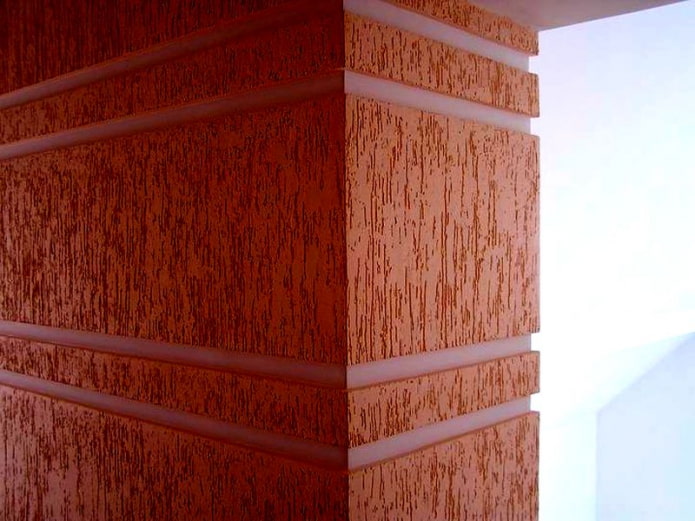
The photo shows an unusual use of decorative composition
What types of compositions are there?
Decorative bark beetle plaster, although it looks approximately the same, can still have a different composition. The main difference between each type is the base, it can be:
- Mineral. Cheap mixture. Consists of cement, sand, plasticizers and granules that create grooves. The finished coating is moisture- and frost-resistant, impact-resistant. Moreover, it is environmentally friendly — the ready solution does not emit any harmful substances.
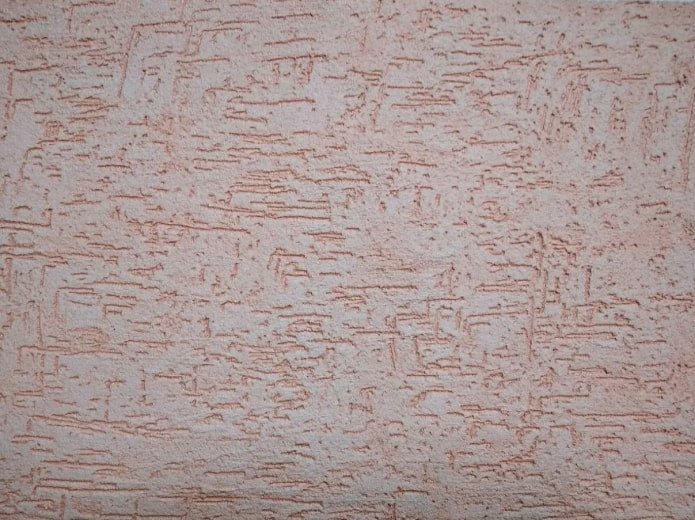
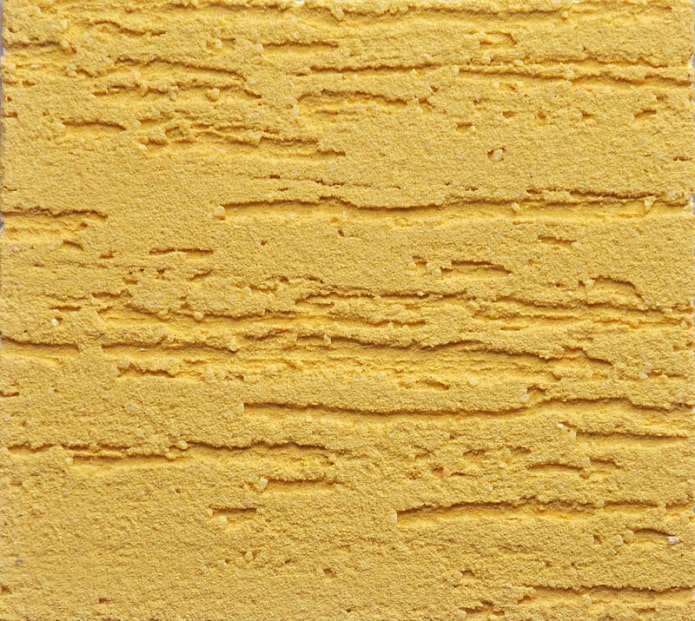
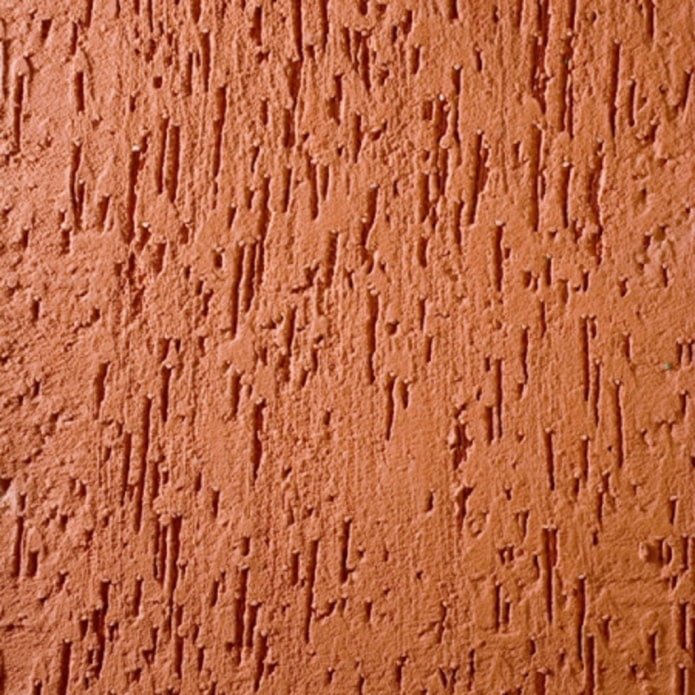
- Acrylic. The main component is acrylic polymer, the grooves are created by granites of granite, marble, and other stones. It fits perfectly on any surface, is absolutely not afraid of water, and can be used for finishing bathrooms and swimming pools. It is resistant to temperature changes, which allows you to cover the walls outside of buildings. It costs more than mineral compounds.
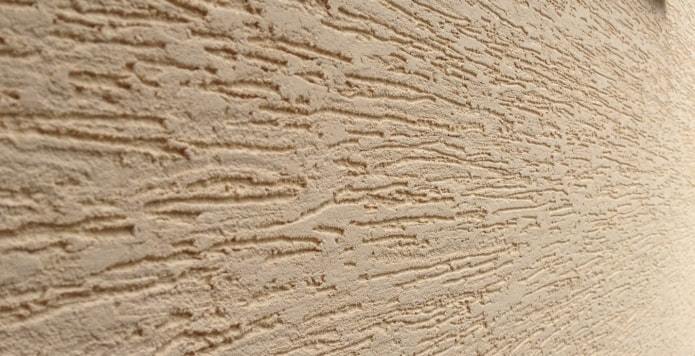
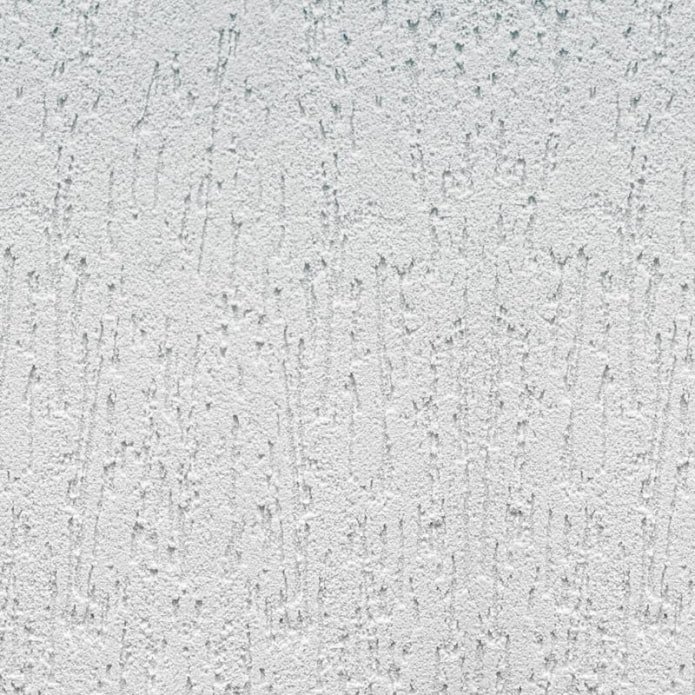
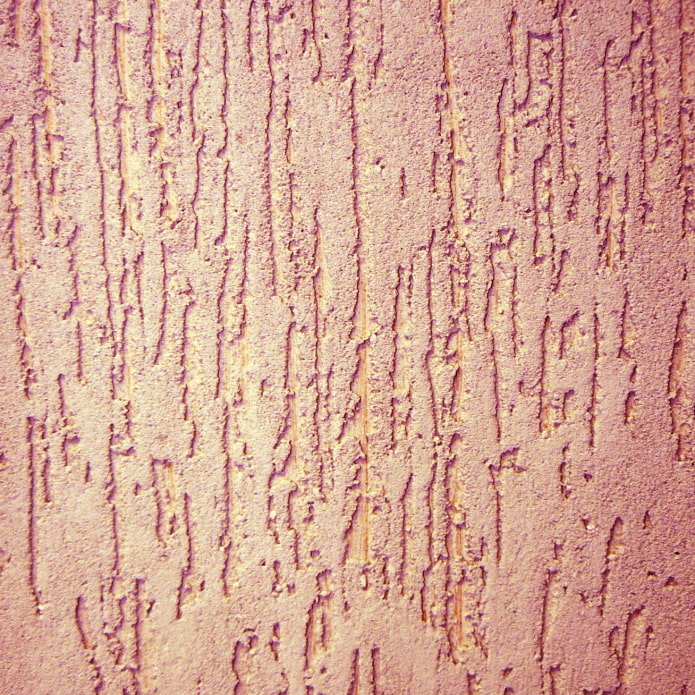
- Silicate. The base is potassium silicate, the addition is stone chips of different fractions. It will cost less than acrylic, while having many advantages: durable, not afraid of temperature fluctuations. The disadvantages are that it requires skill to apply (the composition quickly becomes crusty), and it cannot be tinted (you will have to paint after finishing the walls).
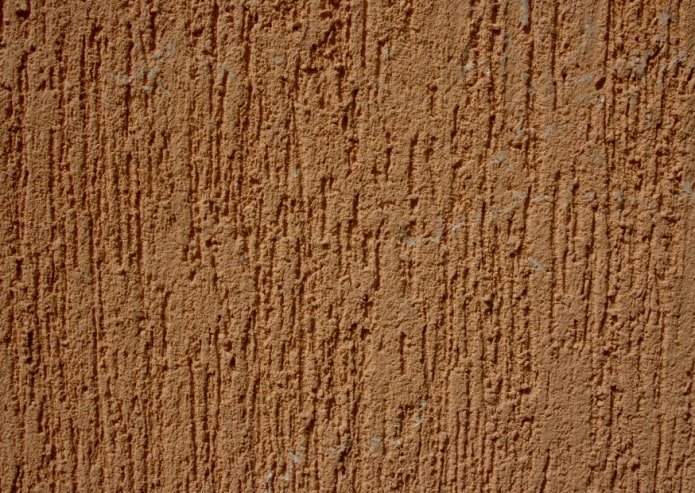
The wall in the photo is dark-colored
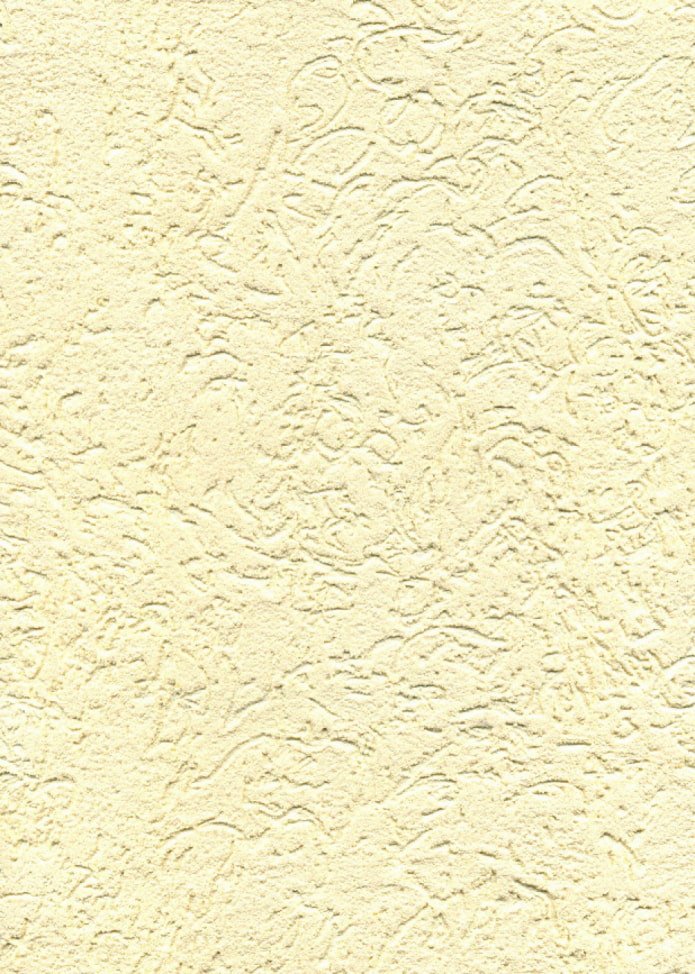
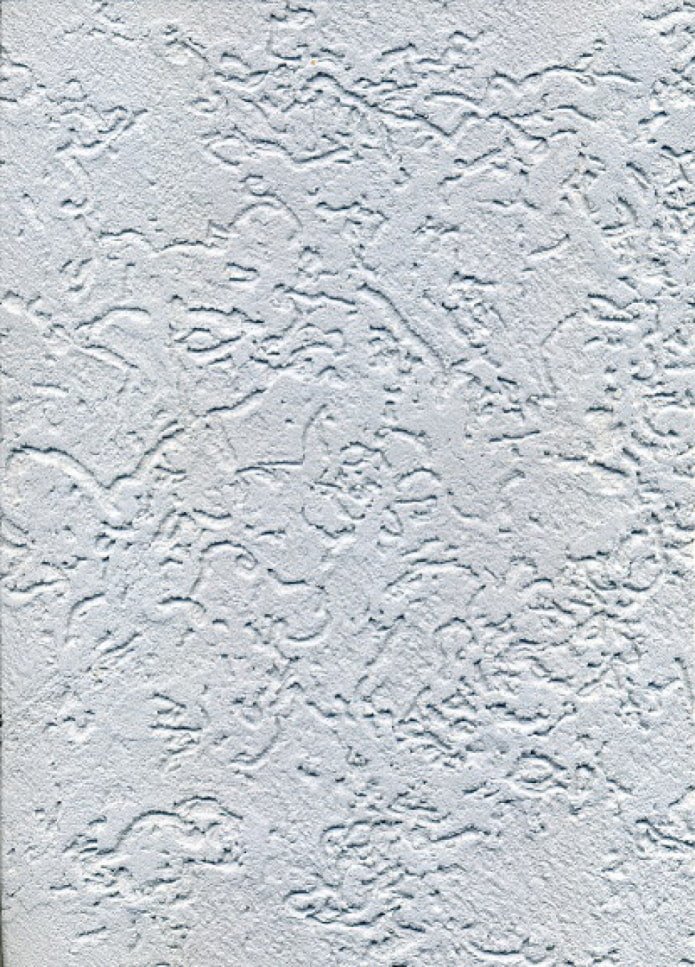
- Silicone. The expensive composition has increased wear resistance. It perfectly passes steam (there will be no fungus or mold), does not crack in the heat and frost. It will last not 10-15 years, like the previous ones, but all 25.
Advice! In order not to overpay for finishing the facade, make sure that you need to apply textured plaster on a silicone base. This is really necessary on buildings made of vapor-permeable materials. In other cases, you can get by with acrylic.
The options for decorative plaster also differ in grain size. Standard stone chips have a fraction of up to 3.5 mm. More often, “stone” 2-2.5 mm is used. The texture is clearly visible on it, and the layer is thin, which means the consumption is lower.
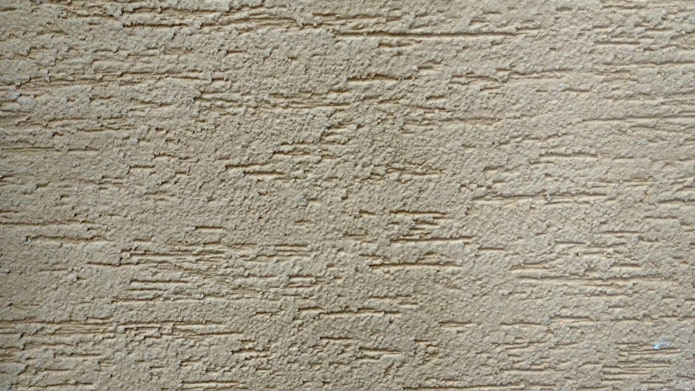
What colors are there?
All manufacturers produce textured bark beetle plaster in a standard white color. To give it color, you can use three methods:
- Tint in the store. Departments selling paint and plaster usually offer computer tinting services. Choose the desired shade on the palette, ask a specialist to mix it. The advantage of the process is the clear result: you can immediately see what color will be on the wall.
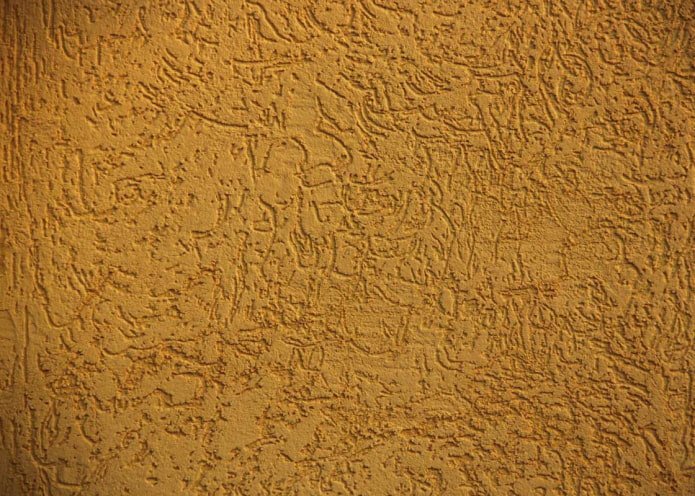
The photo shows application in chaotic circular motions
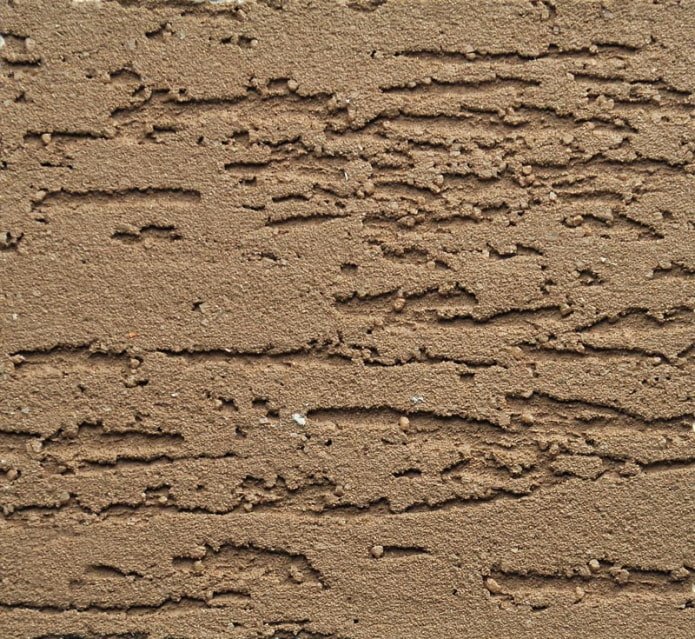
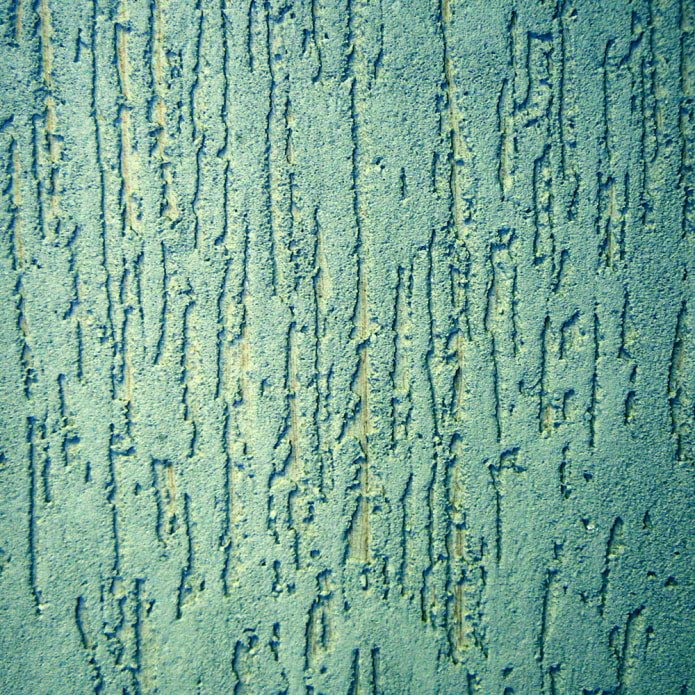
- Tint it yourself. To do this, you will need to buy a bucket of the mixture and a special pigment (or several, to get a complex color) – mix in any proportion, starting to add a little bit and increasing the dosage of pigment until you get the desired saturation. The advantage is that you do not have to repaint the entire mass – it is convenient for interior decoration, when one room should be gray, the second – blue or green, for example. The disadvantage is unpredictability: it is almost impossible to guess how the wall will look after applying the plaster.
- Paint the finished surface. Not all types can be tinted – for example, silicate plaster will have to be painted over. You can also paint the colored composition of the bark beetle to get a bright finish or create a patina effect.
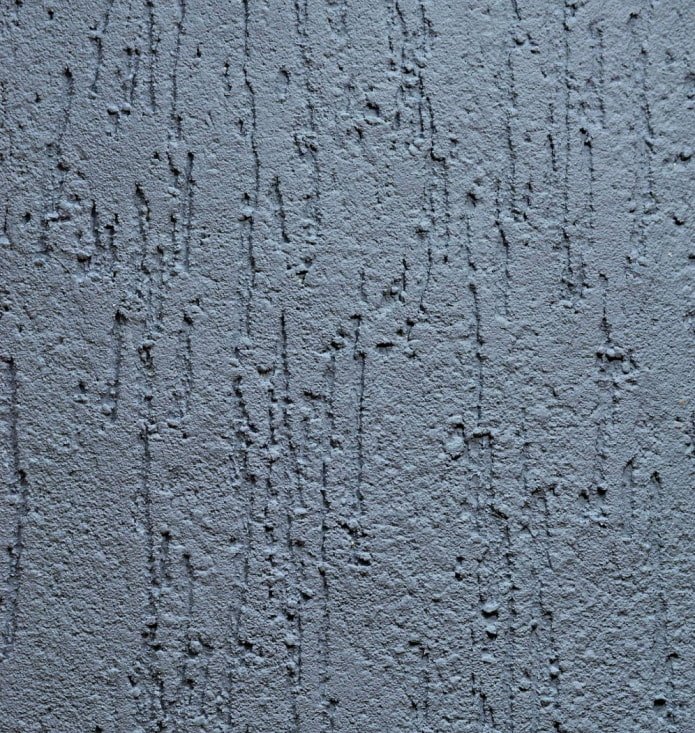
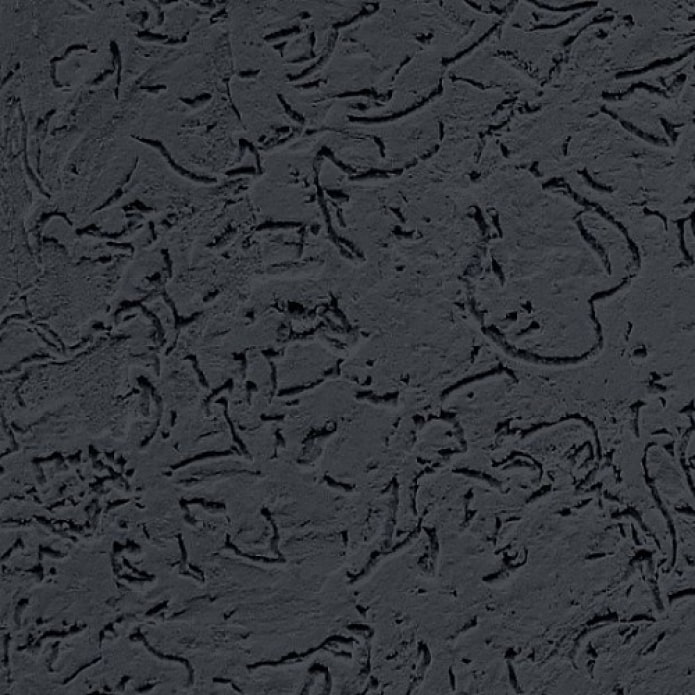
Where can it be used?
The material can be applied indoors and outdoors. Almost all compositions are suitable for outdoor use, but to make sure of this, look for the appropriate markings on the packaging.
For interior decoration
Bark beetle plaster in an apartment is used to decorate walls, ceilings, and create decor.
Suitable compositions for repairs in residential warm dry rooms (bedroom, living room, hallway) are inexpensive, because they do not need protection from moisture and other additional components. Mixtures for bathrooms and kitchens have moisture protection properties and are a little more expensive.
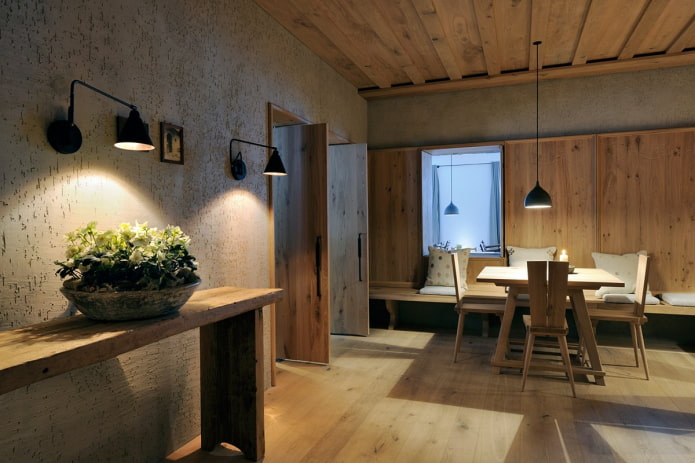
The photo shows an example of decorative bark beetle plaster in the interior of the hall
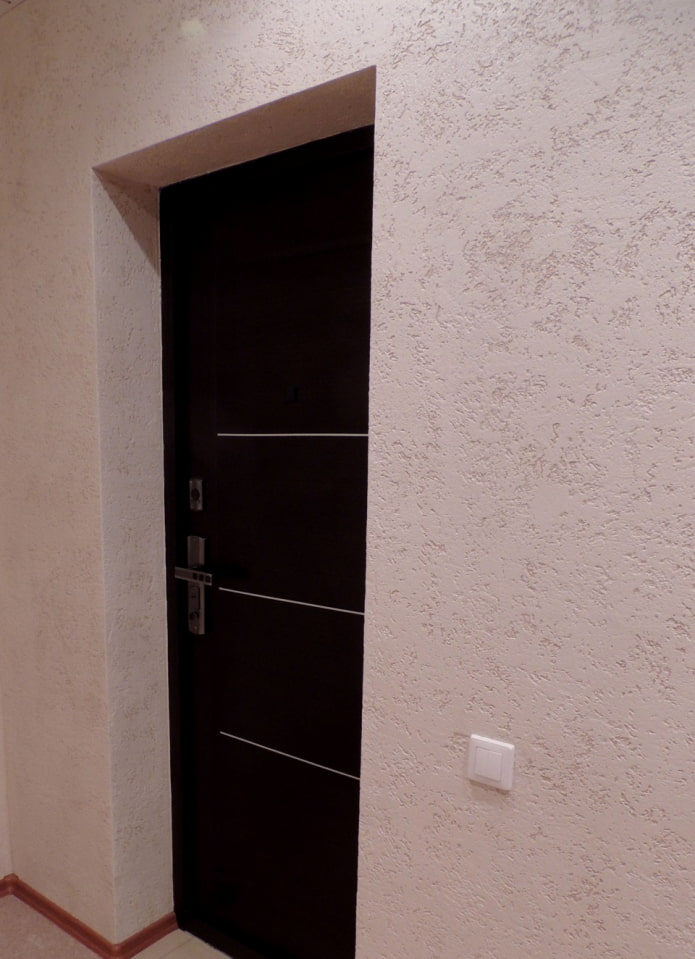
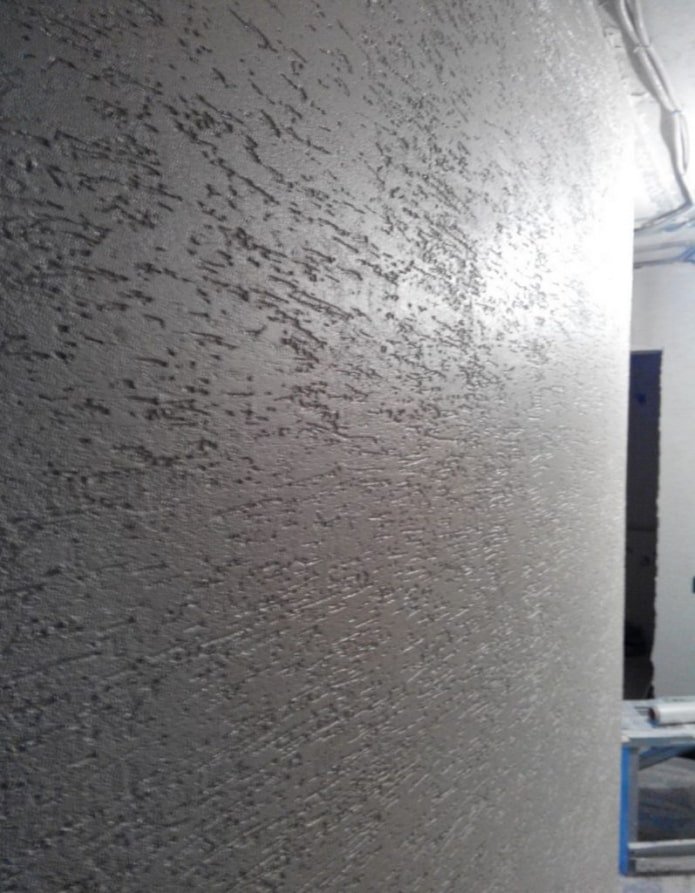
Bark beetle is produced and sold in two versions: dry gypsum powder, ready-made mixture. The first must be diluted with water independently (the proportions are indicated on the package). In order to mix the solution well, you must have a good drill and a construction mixer – production is more complicated, but the mixture is cheaper. Ready-made paste-like compositions are more expensive, but you can work with them immediately after purchase.
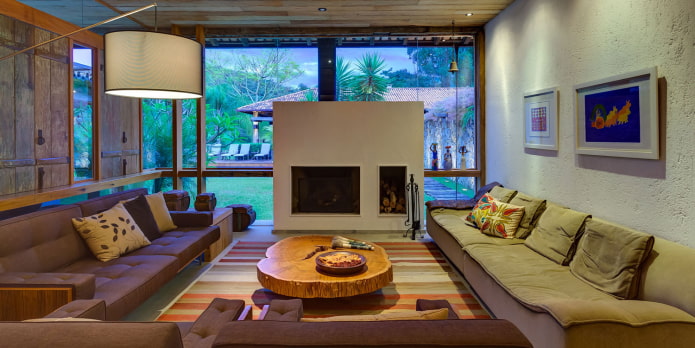
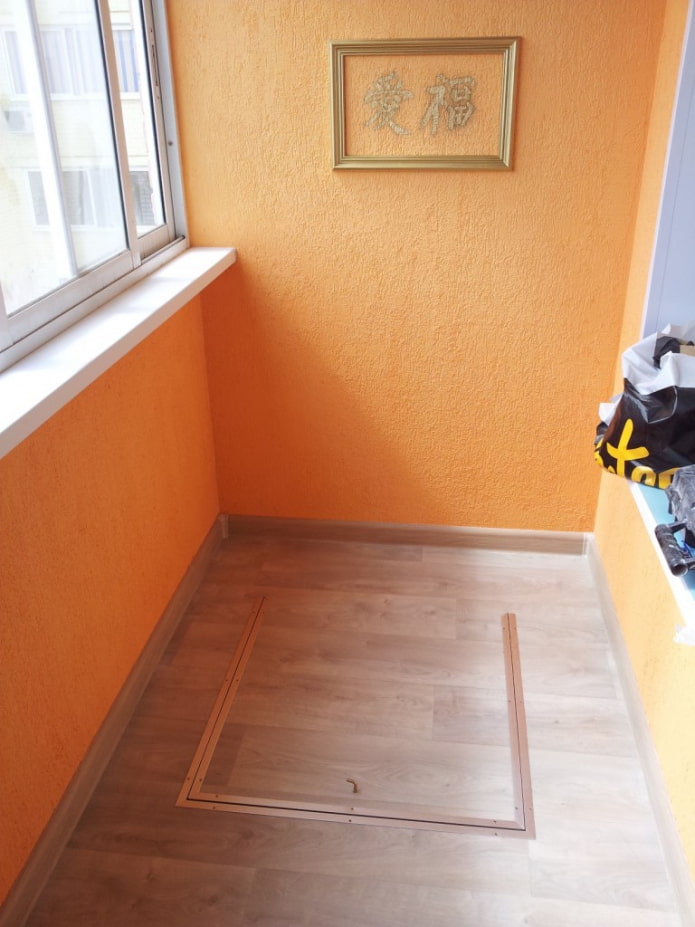
Before starting work, it is necessary to protect the areas where the solution is not supposed to be applied: if the plaster gets on the finished floor and hardens, it will be almost impossible to wash it off.
The walls are pre-leveled, a primer is applied. You cannot start finishing with bark beetle plaster until the primer has completely dried: it is better to leave it for 12-24 hours.
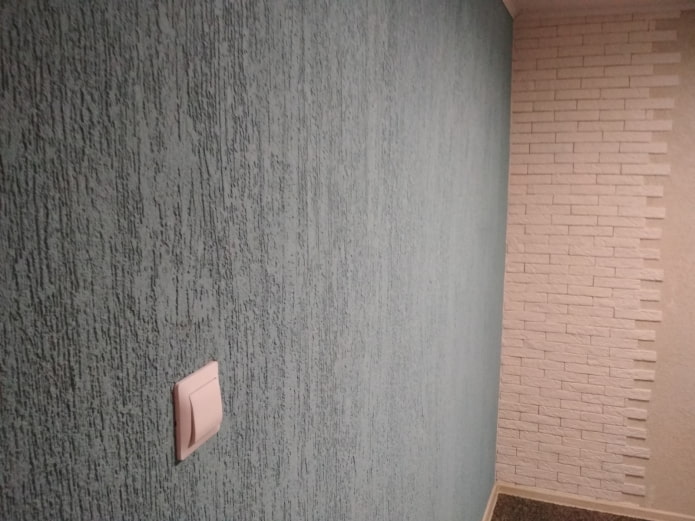
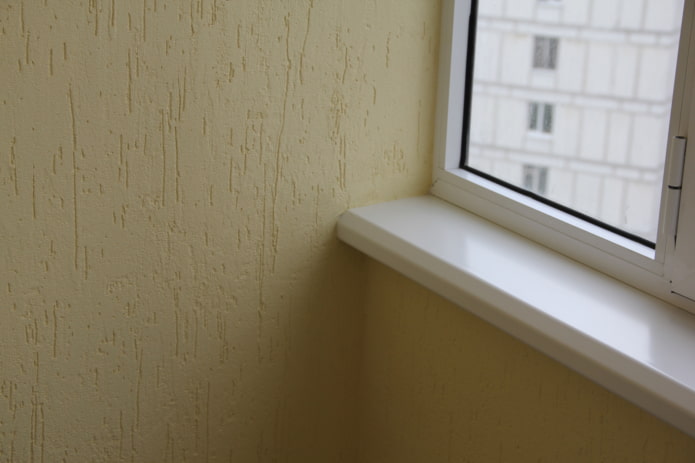
For external finishing
Mixtures for external work are more expensive: they are resistant to water, high humidity, low and high temperatures, washing, mechanical loads.
The walls on the outside must be level it, removing large irregularities. Then treat it with a primer suitable for outdoor work. When the primer has dried, apply the bark beetle (in the photo).

In the photo, plastering of houses outside
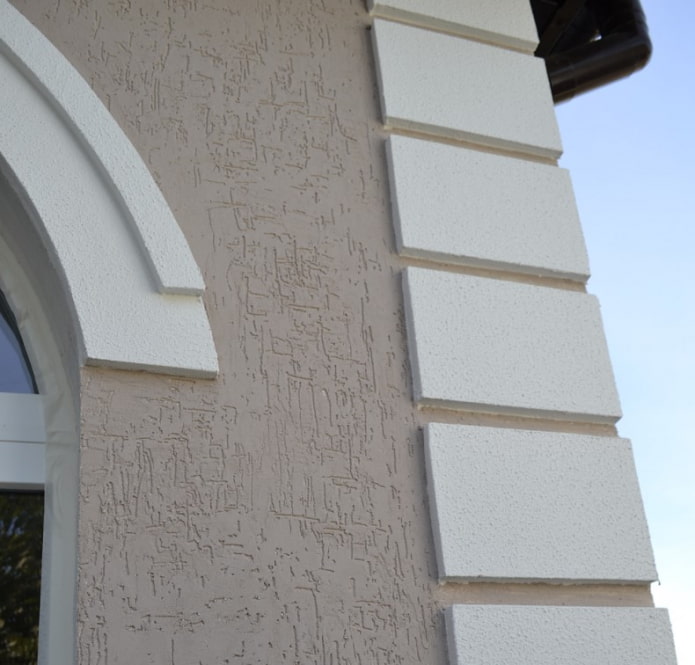
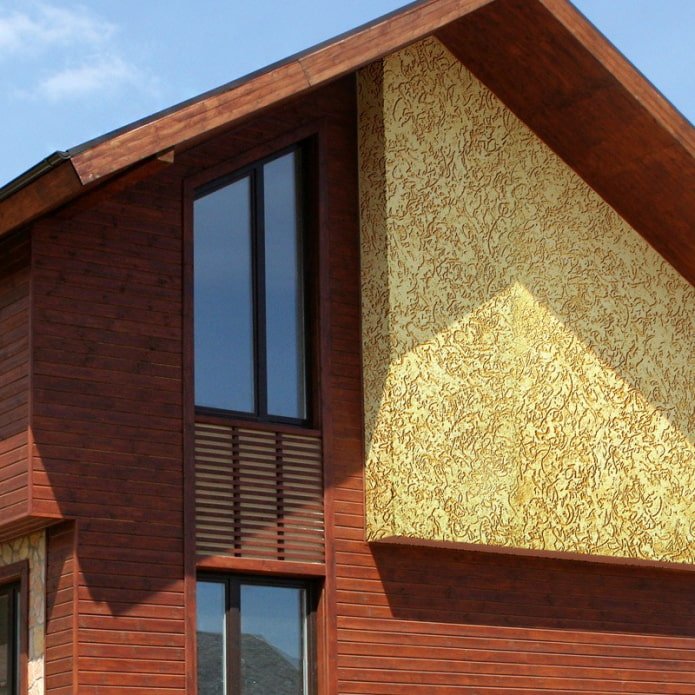
Quality and durability depend on the composition: a reliable option for bark beetles is silicone. Acrylic is slightly inferior, but is also considered an excellent example for finishing the outside of the house. Cement and silicate are more difficult to apply, but they are cheaper to buy – you can use the money you save to call a professional who will do all the work.
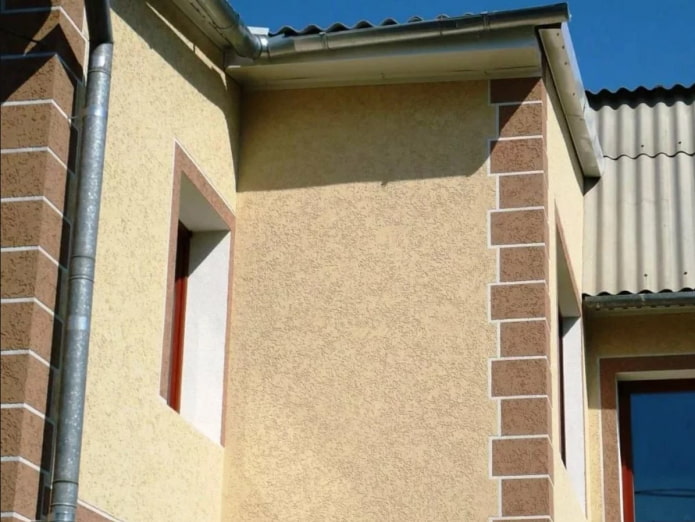
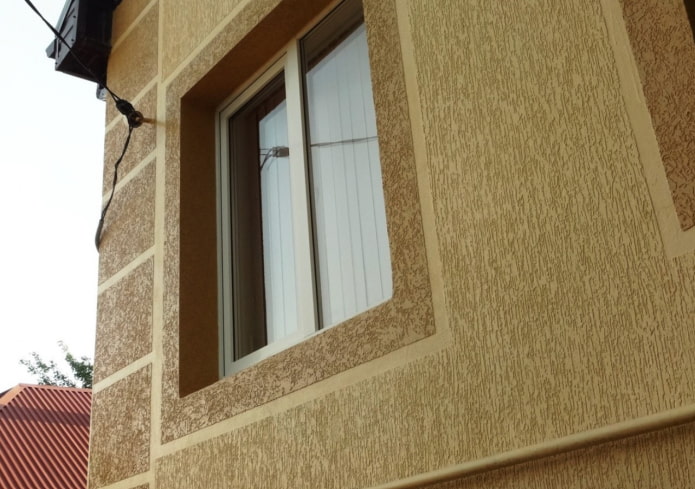
Application technology
Are you not used to trusting repair work to strangers, are you planning to do everything yourself? Good news: applying plaster is not difficult, especially for people who have experience working with regular plasters or putties.
Application methods
Since bark beetle is a decorative coating, the main task of the master is not just to apply it evenly, but also to create an interesting pattern. Basic options:
- Circle. Move the trowel along the wall in a circular motion. The diameter of the future grooves depends on the diameter of the circle.
- Lines. Move up and down to get vertical stripes (rain effect) or right and left to get a horizontal pattern.
- Crosses. Change the direction of the grater – first from bottom to top, then from left to right.
Creative individuals can invent an original technique: diagonally, at an incorrect angle, in a wave. The direction is limited only by your imagination.
The main thing to remember is that the bark beetle dries quickly enough, so there is practically no time for experiments.
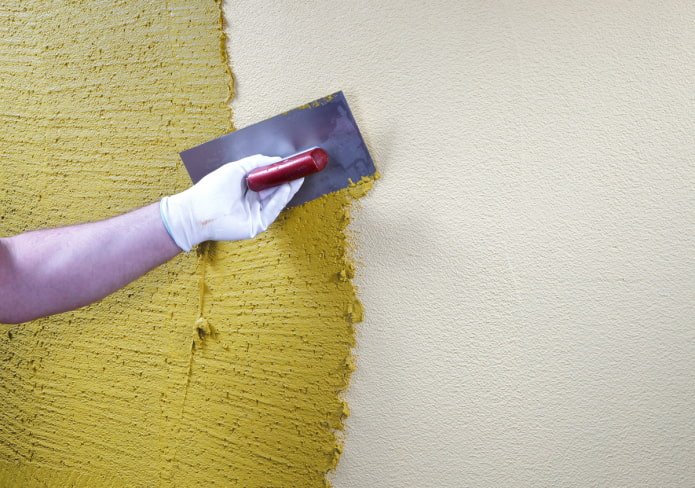
Step-by-step instructions
Prepare the necessary tools:
- level;
- dish + roller;
- drill + construction mixer + bucket (if you are going to mix the plaster yourself);
- small spatula for gaining mass;
- trowel or wide spatula for application;
- grater or trowel for creating drawing.
The steps for repairing the exterior and exterior finishing are the same:
- Align the walls with the beacons.
- Prime, leave to dry for 24 hours.
- Mix the mixture or open the finished one.
- Take a small amount, apply to the wall, level.
- Create the desired pattern on the surface of the bark beetle plaster.
- Apply the next small section, create a pattern on the plaster slightly overlapping the previous one.
Watch all the steps in the video:
Useful tips that will help you cope with the work easier and faster:
- Move from the corner to the side and down. This way, neither side will have time to dry.
- Press the trowel with the same force when creating the pattern.
- Stick masking tape to the edge if you do not have time to do the entire wall at once. It should be removed from the composition before it has hardened to get a smooth end.
- Before painting, the wall should be primed again. All decorative work is done at least 24 hours later. The thicker the layer of material, the longer you need to wait until it dries completely.
See the video for application details:
Beautiful design ideas
If you look at the photo of bark beetle plaster, you will see: externally, the compositions differ in grain fraction, color and pattern created by the float. But you can also change the appearance with paint: for example, by applying dark paint with a flat roller to a light base, you will get the effect of depth – the furrows will remain light, the main wall will become dark. The opposite option also looks impressive: dark depressions on a light background.
You can paint bark beetle using the dry brush method: additional stripes look especially good on a circular pattern.
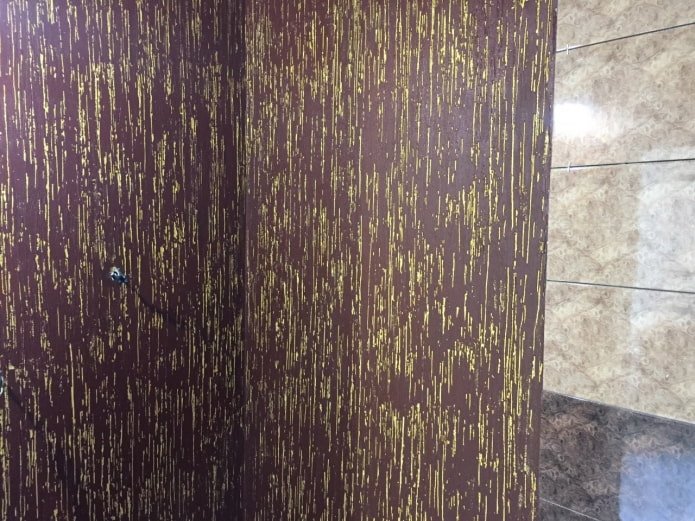
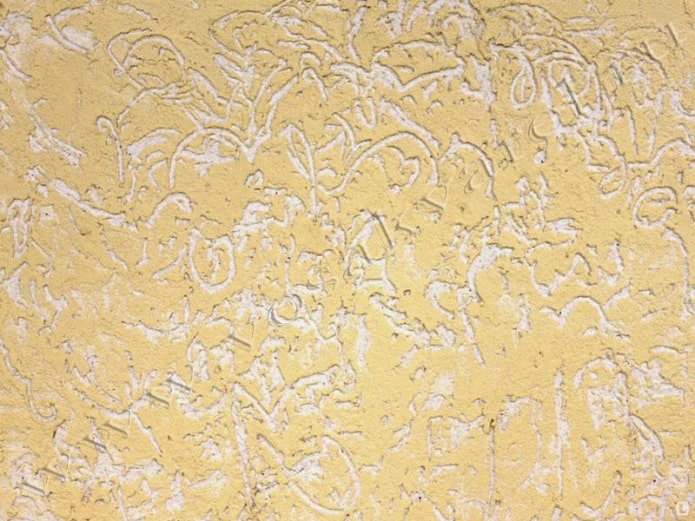
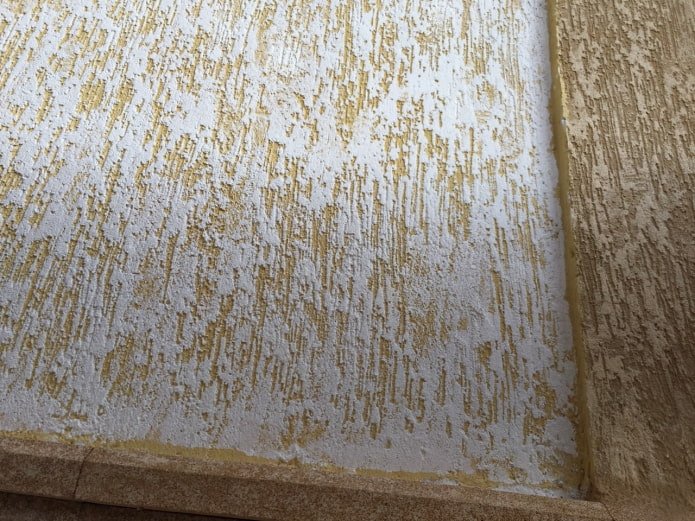
The photo shows patination of a wall
Decorative plaster is a reliable, durable decor option. Choose the right mixture, follow the application technique and you will be able to admire the walls for at least 10-15 years.
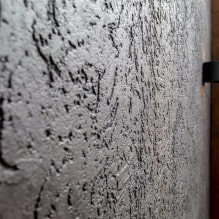
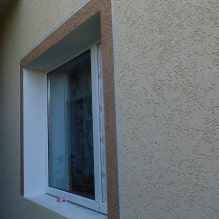
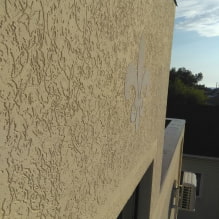
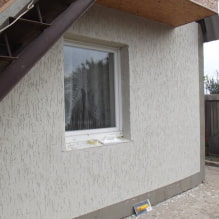

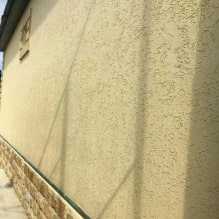
Now reading:
- Six key tips for the correct placement of beds on the site.
- Your Ultimate Guide to Buying a Used Opel Karl
- Why does the refrigerator make noise: 10 main reasons and 7 models with low noise levels.
- Rooms for newborns: 60 photos of design for girls and boys.
- 20 Kitchen Appliances That Will Make Your Life Easier and More Convenient.